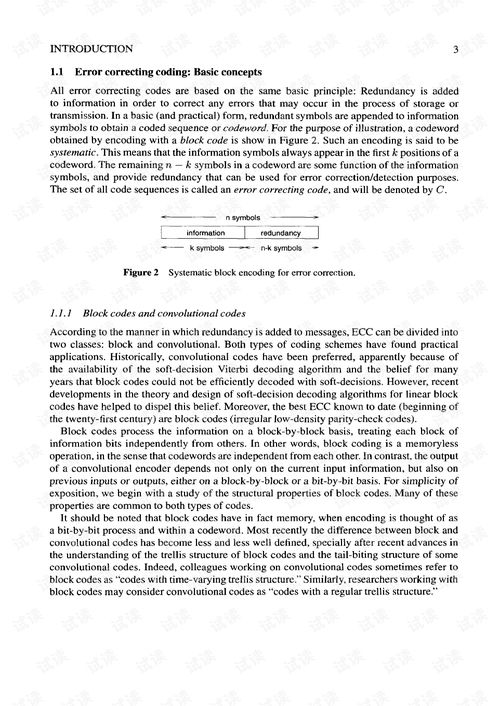Content:
Introduction: Fishing is an ancient pastime that has been enjoyed by people around the world for centuries. Whether you're a seasoned angler or a beginner looking to get started, mastering the art of fishing requires a combination of patience, knowledge, and the right techniques. One of the most crucial aspects of fishing is understanding how to use your fishing rod and reel effectively. In this comprehensive guide, we'll delve into the essential techniques for improving your rod and reel skills to help you catch more fish and enhance your overall fishing experience.
Choosing the Right Fishing Rod and Reel: Before you can begin fishing, it's important to select the right equipment. Here are some factors to consider when choosing a fishing rod and reel:
- Type of fishing: Different types of fishing require different rod and reel combinations. For example, spinning reels are ideal for lighter lures and live bait, while baitcasting reels are better suited for heavier lures and artificial baits.
- Fish species: Consider the species of fish you're targeting. Some fish are more easily caught on lighter tackle, while others require heavier gear.
- Length and action: The length of your rod should be proportional to your body size and the type of fishing you'll be doing. The action of the rod refers to how it bends when pressure is applied and should match the type of fishing you're doing.
- Line capacity: Make sure the reel you choose has enough line capacity to handle the type of fishing you'll be doing.
Learning the Basics of Casting: Casting is the process of throwing your lure or bait into the water. Here are some basic casting techniques to help you improve your casting skills:
- Grip: Hold the rod with a comfortable grip, using your index finger and thumb to form a "V" shape around the reel handle.
- Position: Stand with your feet shoulder-width apart and your knees slightly bent. Position the rod behind you, parallel to the ground.
- Windup: Begin by winding the rod up in a smooth, controlled motion. Keep your wrist straight and use your arm and shoulder to generate power.
- Release: As you reach the top of your windup, release the line with a quick, flicking motion of your wrist. The angle of your wrist will determine the direction and distance of your cast.
- Practice: Practice casting in different directions and distances to become more proficient.
Mastering the Art of Reeling: Reeling in your catch is just as important as casting. Here are some tips for mastering the art of reeling:

- Timing: Pay attention to the timing of your reel. If you reel in too quickly, you may break your line or lose your bait. If you reel in too slowly, you may not be able to bring in your catch effectively.
- Pressure: Apply consistent pressure to the line as you reel in. This will help prevent the fish from spooling off too much line and will make it easier to bring them to the boat or shore.
- Technique: There are different techniques for reeling in different types of fish. For example, when reeling in a fish that's swimming away, you may need to apply more pressure to keep it from breaking free.
- Patience: Reeling in a fish can be a slow process, so be patient and don't rush the job.
Baiting and Lure Selection: Choosing the right bait or lure is crucial for attracting fish. Here are some tips for selecting the best bait or lure:
- Research: Learn about the habits and preferences of the fish species you're targeting. This will help you choose the right bait or lure.
- Freshness: Make sure your bait is fresh and appealing to the fish. Live bait can be more effective than artificial lures in some cases.
- Variety: Don't be afraid to try different baits and lures to see what works best in your fishing environment.
- Presentation: The way you present your bait or lure can make a big difference. Pay attention to the way you cast, retrieve, and retrieve your bait or lure.
Reading the Water: Understanding the water you're fishing in is essential for success. Here are some tips for reading the water:
- Observe: Take the time to observe the water's surface, structure, and vegetation. Look for signs of fish activity, such as surface disturbances or baitfish movement.
- Current: Be aware of the current in the water, as it can affect how your bait or lure behaves and where fish might be holding.
- Depth: Fish often hold in different depths depending on the water temperature and other factors. Use your fishing rod and reel to probe different depths to find where the fish are.
Using Additional Techniques: In addition to the basic casting, reeling, and baiting techniques, there are several other techniques you can use to improve your fishing skills:
- Trolling: Trolling involves dragging your lure or bait behind a boat at a slow, steady pace. This can be an effective way to cover a lot of water and attract fish.
- Fly fishing: Fly fishing is a unique technique that involves casting a weighted fly line and using a fly rod. It requires practice and a different approach to fishing.
- Ice fishing: Ice fishing is a popular winter activity that involves drilling holes in the ice and fishing through them. It requires specialized equipment and techniques.
Conclusion: Mastering the art of fishing with your rod and reel is a journey that requires time, practice, and a willingness to learn. By following these essential techniques and tips, you'll be well on your way to becoming a more skilled and successful angler. Remember to always respect the fish and the environment, and enjoy the beauty and tranquility of the water as you pursue your passion for fishing. Happy fishing!












